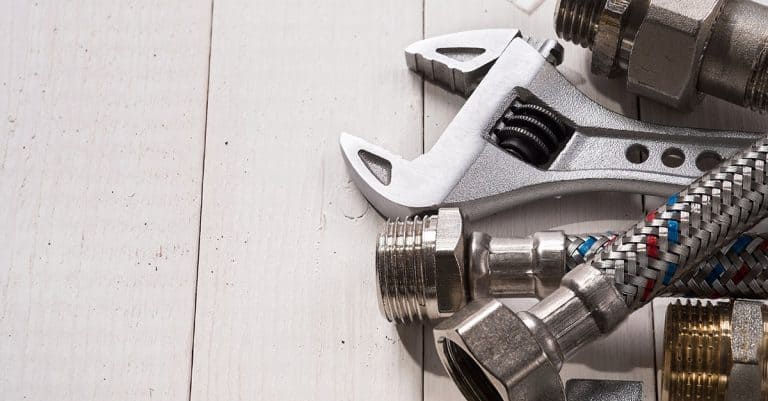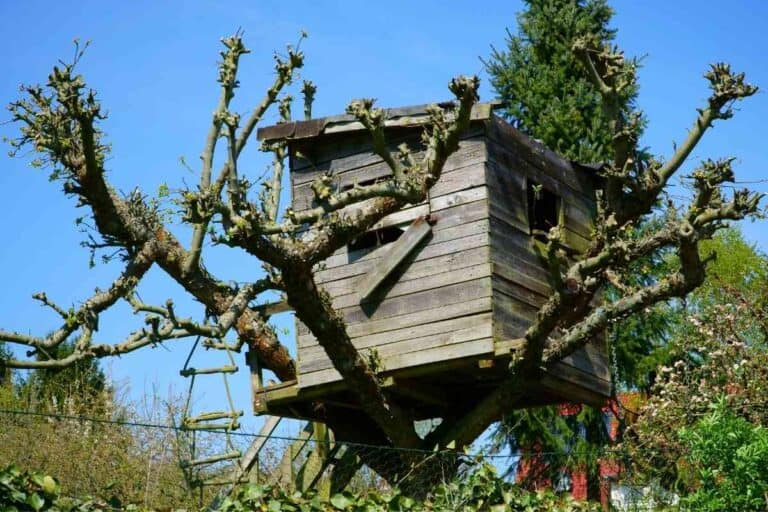Can You Build a Treehouse in a Dead Tree?
Treehouses have always been popular with children and understandably so. How can you not love having your own little house in a tree, where you can play and do whatever you want out of reach of adults? More recently, treehouses have also become popular among adults. Some construct elaborate treehouses to live in full-time or as vacation homes, while others just want a smaller patio-like raised platform to enjoy the view.
If you have an old tree in your backyard that you would like to use for a treehouse, this is usually doable with the right preparations, but what if the tree you really want to use is dead?
While it is recommended that you use a healthy tree, it is possible to build a treehouse in a dead tree. Although this depends on how large you want your treehouse to be and how long you want it to last. A dead tree can potentially carry a treehouse for many years, but make sure it is of the right species and not already in decay.
As stated, a living tree is usually preferred. This will save you a lot of challenges and uncertainties, but perhaps you don’t have another suitable tree, or perhaps this tree is just in the right location for a beautiful view.
In this article, we will go through how to evaluate if a treehouse can be built in your dead tree and how to do so safely. If you are in any way unsure, I highly recommend you consult with an arborist before bringing out the tools, regardless of whether the tree is dead or alive.
A Dead Tree Is Basically Untreated Lumber
Would you build a treehouse on a large, solid piece of lumber with one end buried deep in the ground?
I assume you would say that depends on the type of lumber and what condition it was in. And these are the same questions we would want to answer in regards to a dead tree:
- Will it last for a long time?
- Is it already decaying?
If you can answer yes to both of these questions, it will generally be safe to build a treehouse. The reason you should not build a very large or permanent structure, however, is that a dead tree will decay long before a living tree of the same species, making a significant investment in time and money less appealing. But a small playhouse or viewing platform may be well worth the effort.
But how do you determine if a particular dead tree will last for the coming years?
What Tree Species Is It?
All dead trees decay, but some decay faster than others. And thus, some dead trees make a much better treehouse than others as they are more resistant to rot.
This is partly due to the wood’s chemical composition, as some trees contain chemicals that kill fungi and keep some insects away. Some trees also have physical properties that help keep the wood dry. Very durable trees have a lot of both properties.
If a tree has recently died, you can expect these species to last for a long time before they start rotting through:
- black locust
- black cherry
- black walnut
- cedar
- claro walnut
- cypress
- larch
- oak
- redwood
These trees will rot very quickly:
- alder
- apple
- aspen
- beech
- birch
- buckeye
- elm
- maple
- poplar
- pine
If your tree is not on the above lists, here is a great, searchable database that covers most tree species.
How Is the Environment?
The surrounding environment has a lot to say about how fast a dead tree will rot away.
Trees rot due to fungi entering the wood and eat the tree until it is fully decomposed. These fungi need a humid and warm environment to thrive. That means if you live in a hot and humid area, your tree will rot away much faster than in a cool and dry climate. I would not build a treehouse in a dead tree located nearby a lake or in a rainforest.
Another issue is that part of the tree is underground, and as the soil can absorb a lot of water, the lower part of the tree is likely to decompose sooner than the upper trunk and branches. If the soil is dry, this process will take longer, while soggy ground will speed up the process significantly. An already decaying tree will invite all sorts of insects to join in the party, further accelerating the process.
A rot-resistant tree species in a cool and dry area will likely last for years, even decades, if you treat it well.
Make Sure the Tree Is Not Already Rotten
Oftentimes trees start decaying long before they die, and while the tree may have only died recently, it might have been rotting on the inside for years. This is also your primary challenge, as it is very likely that your tree did die from rot. Therefore, it will definitely help your decision-making if you already know what caused the tree to die.
Heart Rot
Heart rot is a common disease that occurs when a tree is attacked by fungi entering through the park, causing it to rot from the inside out. This weakens the tree’s structure and eventually causes it to break.
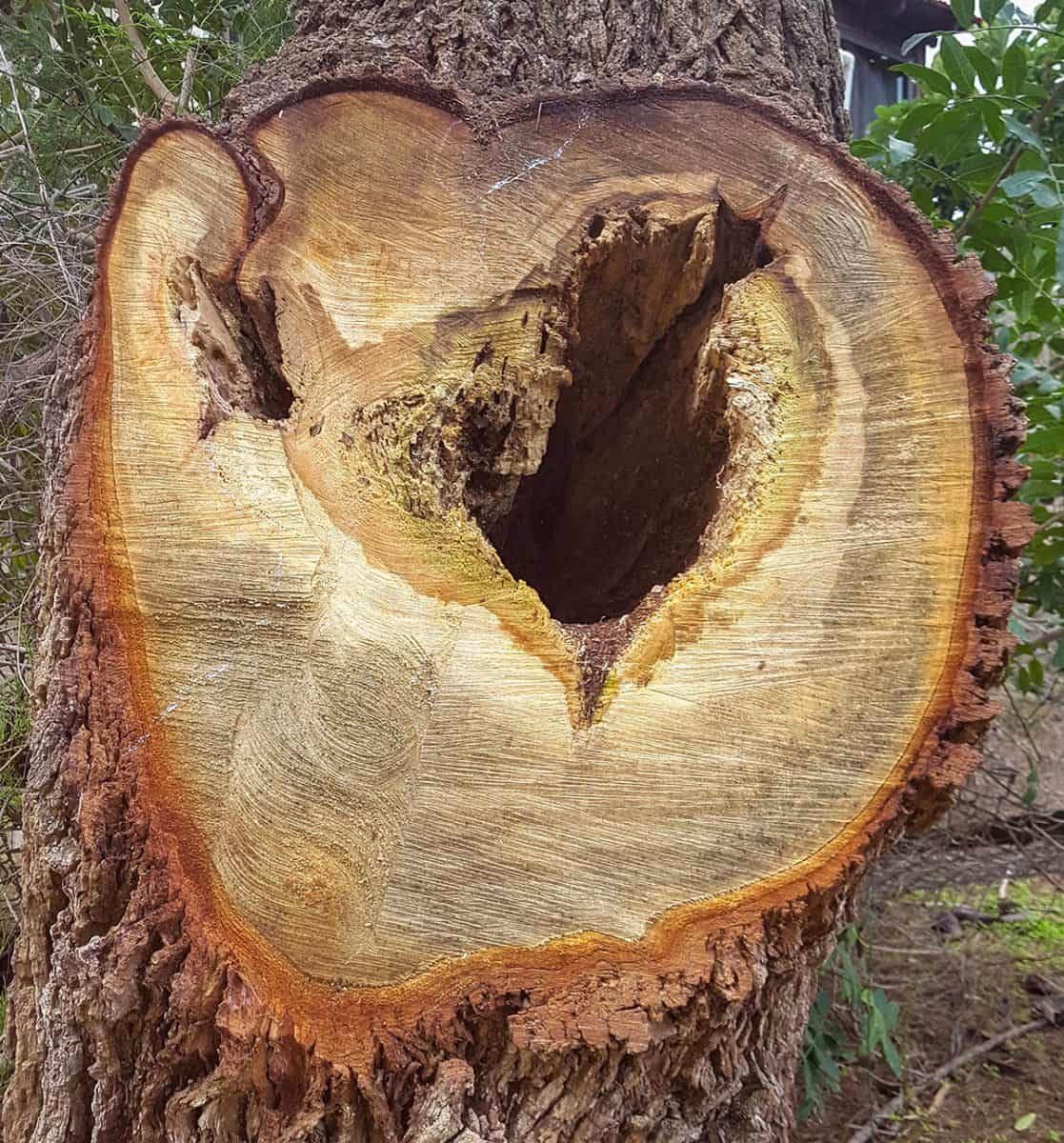
The issue with heartwood rot is that you can’t always see it from the outside, and even healthy-looking trees can have heart rot. However, a solid indication of heart rot is mushrooms or fungus on the outside of the tree.
The good news is that if the tree has died from heart rot, the internal damage is likely extensive, which means you should see some clear indications in terms of mushroom growth. You should also be able to see the damage when you remove most of the upper part of the trunk, as described further down in this article.
These are symptoms that your dead tree is decaying:
- Mushrooms and fungus growth on the bark.
- Split trunk or cavities: If the trunk is damaged, it is much more exposed to fungi.
- Missing bark: While bark will come off for many reasons, check the area for extensive damage, fungus attack, and infections.
- Moisture: Does the tree feel moist and soft? This is a sign of late-stage decay.
- Is there sawdust at the base of the tree, or can you pull off sawdust: Then the tree is likely home to ants or insects and should not be used.
In short, the trunk should look and feel the same as a healthy tree of the same species. If so, your primary concern should be indications of hidden heart rot.
Build near the Ground
Regardless of which tree you use, I highly recommend that you build the tree no higher than eight feet and set up secure rails. This is to minimize the risk of getting (too) badly injured if you fall or your construction turns out to be less sturdy than expected.
How to Preserve a Dead Tree
There is no way to keep the tree from ever decomposing, at least not out in nature, but you can somewhat slow it down while also keeping you safe.
Remove Branches and Most of the Trunk
While the main trunk may remain in good condition for years to come, branches above you will start breaking off much sooner. This can be a serious hazard as even small branches can do a lot of damage to people and property.
Therefore, make sure to remove all branches above the treehouse and keep only the trunk lower part of the trunk. And perhaps a few solid branches if they are to be used as an integrated part of the treehouse construction. In short: make the tree harmless.
If the tree is very big or in other ways poses a risk to people or property, consider hiring an arborist for the task.
Seal the Trunk
Treat the surface where you cut down the upper part of the tree. This is important as the top will be exposed to the elements and quickly build up moisture when it rains.
According to this guide, this is how you preserve the trunk for years to come:
- Clean the surface: Remove dirt and leaves, and wipe it with a damp cloth.
- Smoothen it out: Cut off rough parts and sand the surface down.
- Apply a wood sealant: Use a brush to apply a few coats of wood sealant.
If you really want to protect your tree, do the same to the sides of the tree and any branches as well. This may be difficult if the tree’s bark is scaly or furrowed, but make sure to treat the top at least.
Keep an Eye on the Tree
Check the tree for signs of decay a few times a year. Preferably in the fall, before the treehouse will be used over the summer and a few times during summer. This is not only relevant to dead trees. All treehouse owners should check the tree and the treehouse itself from time to time.
In particular, keep an eye on the lower part of the tree, as this is where it is most likely to start decaying. Any signs of rot or decay require your immediate attention.
Signs of decay does not necessarily mean you have to tear it all down and give up on your treehouse. You can set up support poles and eventually replace the tree entirely. Just make sure your construction is stable and solid. Talk to a carpenter if in doubt.

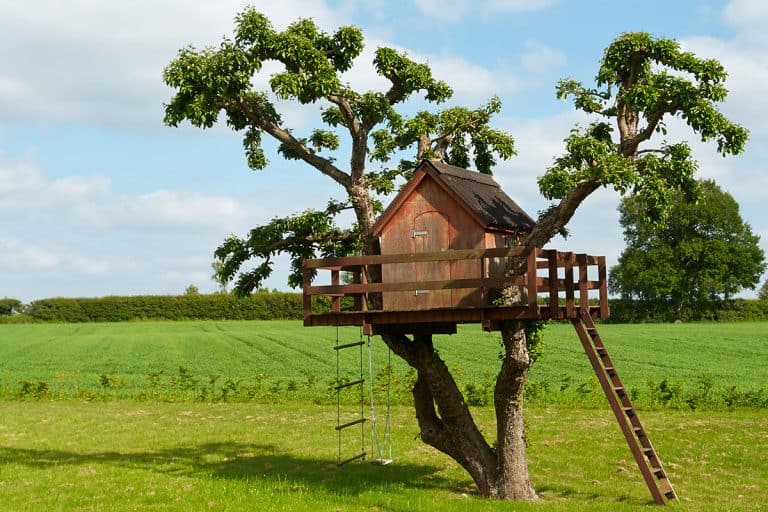
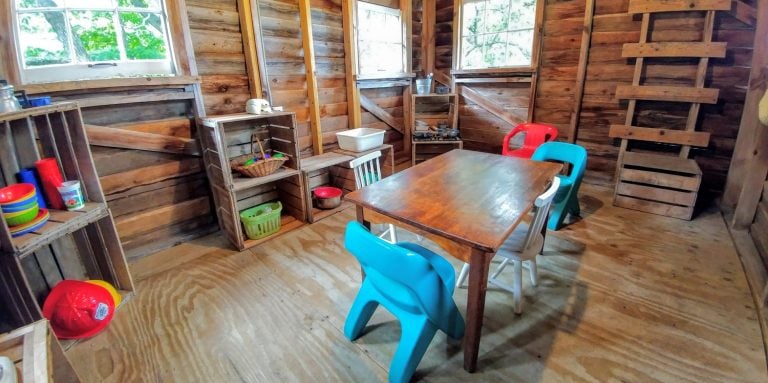

![Are Treehouses Dangerous? [How To Avoid Injuries!]](https://freedomresidence.com/wp-content/uploads/2022/05/Are-Tree-Houses-Dangerous-768x512.jpg)
